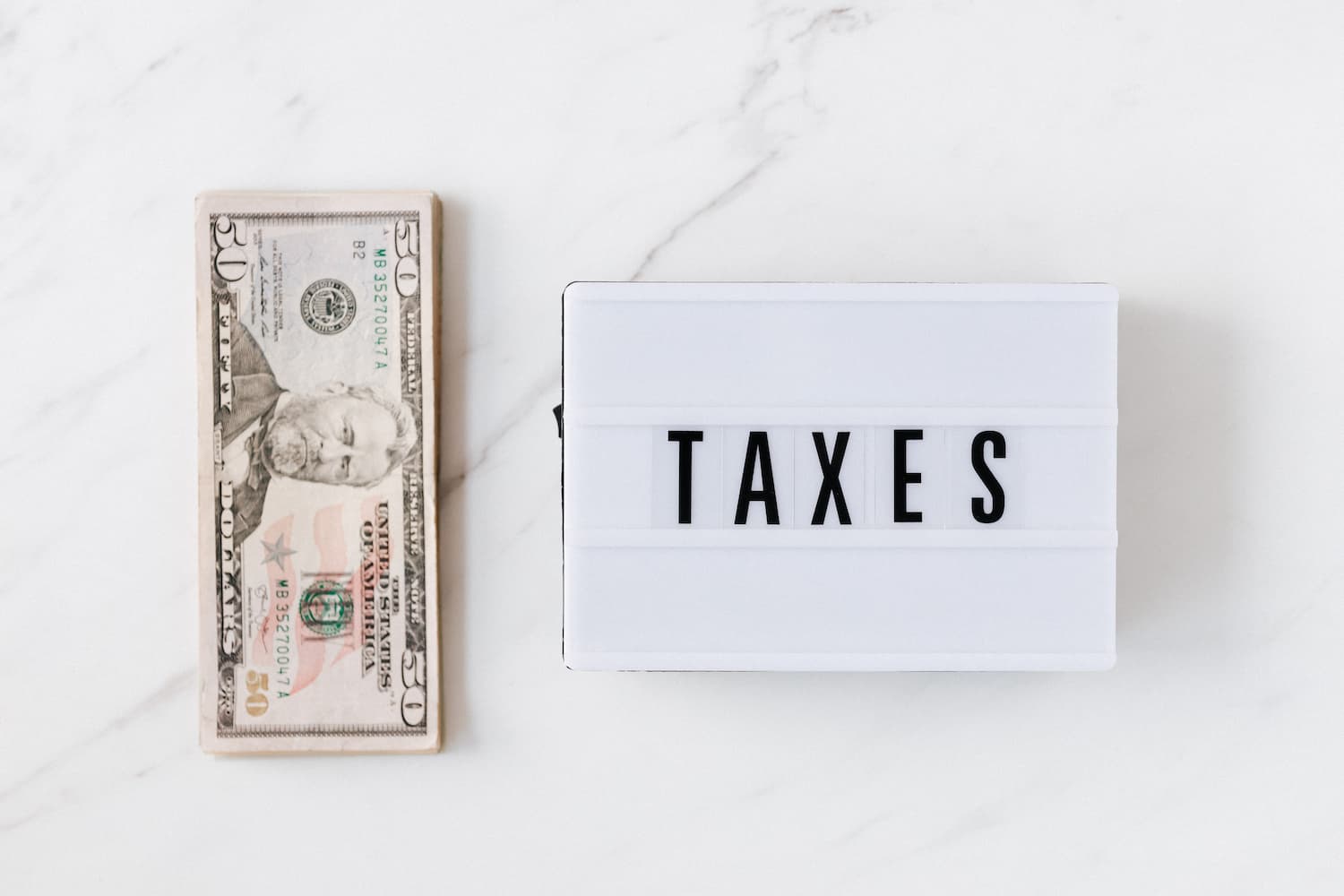The IRS has released guidance for employers claiming the employee retention credit that clarified retroactive changes made to the credit for tax year 2020, explaining also how employers who received a PPP loan can claim it.
In the original CARES Act, passed last March, the PPP and the employee retention credit had similar goals but were seen as mutually exclusive of one another. In other words, you had to pick one. The second stimulus package passed by Congress last December, which included the Taxpayer Certainty and Disaster Tax Relief Act of 2020, struck down that provision – good news but with it came little guidance. With yesterday’s notice, we now have a better understanding of how to maximize both programs.
For 2020, the employee retention credit equals up to 50% of qualified wages paid for up to $10,000 per worker, with a maximum credit for each employee equaling $5,000. However, payroll costs that were paid for and forgiven with PPP loans are not qualifying wages for purposes of the employee retention credit, the IRS said.
The notice also explains who eligible employers are, what constitutes full or partial suspension of trade or business operations, and what is a significant decline in gross receipts. Other issues that are addressed include the maximum amount, qualified wages and how to claim and substantiate the credit.
To qualify, a business must have been partly or totally shut down by government orders because of the pandemic or have experienced a significant decline in gross receipts. If a government order required a nonessential business to suspend operations but allowed essential businesses to continue operating, the essential business is not considered to have a full or partial suspension of operations. However, if an employer operating an essential business has more than a nominal portion of its business suspended by a government order, then it may be considered to have a partial suspension and therefore qualify for the credit, the IRS said.
The notice goes on to say that if a business has essential and nonessential operations that are more than nominal portions, the employer may be considered to have a partial suspension if the order restricts the nonessential portion of the business even if the essential portion is unaffected.
To determine eligibility to receive the credit, business operations will be more than a nominal portion if the gross receipts from that operation is not less than 10% of total gross receipts, the IRS said. Or in the alternative to gross receipts, operations will be more than nominal if the hours of service performed by employees in that portion is not less than 10% of the total service hours performed, the notice said.
(We get that’s all a little hard to sort out. Please don’t hesitate to reach out to us with questions!)
The IRS and Treasury will address calendar quarters in 2021 in future guidance, but at least we have some clarity for 2020.
Let us know how we can help, or tune into our weekly webinar to get an on-the-spot answer to your questions.





